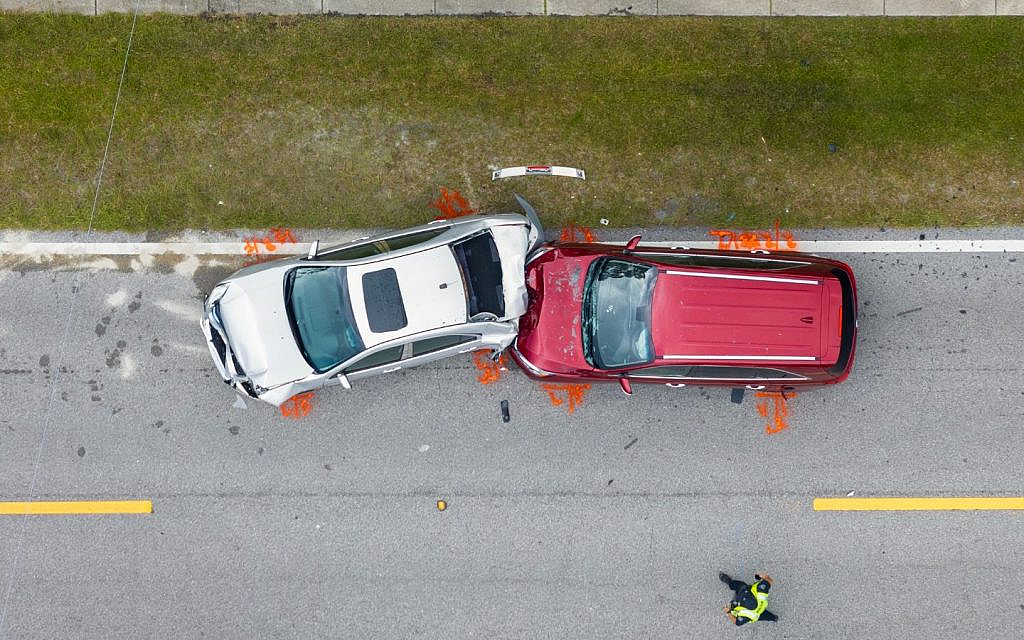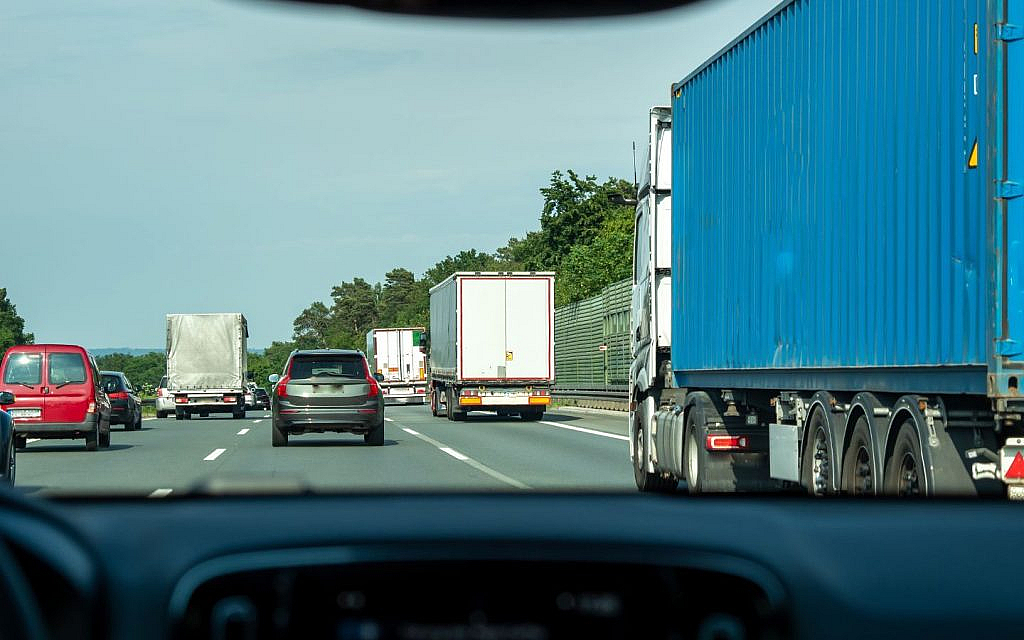The Risks of Slow Vehicle Driving
- Collisions
- Interrupting the Traffic Flow
- Overtaking
- Unexpected Slowdowns
- Causing Confusion Among Drivers
- FAQs
Road safety conversations often highlight the dangers of speeding. However, the risks of slow driving are sometimes overlooked. Driving below the speed limit can affect how traffic moves and create unexpected situations for others on the road. Understanding how unusually reduced speeds impact overall traffic flow plays a key role in bringing down disruptions and supporting road safety.
Dangers of Driving Too Slow
Here are some common risks of slow driving that can affect road safety and overall traffic flow in high-speed lanes.
Sudden Collisions

When fast-moving vehicles approach a car that is driving slower than the flow of traffic, it can lead to sudden braking or abrupt lane changes. These quick reactions decrease the time available to respond safely and may raise the risk of rear-end or side collisions. This is particularly relevant on high-speed roads where smooth traffic flow is crucial for road safety.
Breaking the Flow of Traffic
One of the risks of slow driving is its effect on the smooth flow of traffic. Highways in the UAE are designed to support steady and consistent speeds. When a vehicle moves significantly slower than others, it can cause surrounding drivers to reduce their speed unexpectedly. This disrupts the overall flow of traffic and may lead to delays or uneven driving patterns.
Risky Overtaking Manoeuvres

When a slow-moving vehicle occupies the fast lane, it can prompt other drivers to make sudden overtaking decisions to maintain their speed. These actions can cause confusion among drivers, reduce reaction times and increase the risk of near-miss situations. Such behaviour also affects overall lane discipline. That’s why it’s important to know how to overtake safely on UAE roads, following the correct procedures to ensure both safety and compliance with traffic rules.
Unexpected Slowdowns Ahead
Drivers usually expect vehicles ahead to move at a steady pace, especially after merging onto a main road or approaching a bend. However, if a car in front is moving much slower than expected, the driver behind may not have sufficient time to reduce speed safely. This sudden difference can trigger a chain reaction. Multiple vehicles behind may be forced to brake suddenly or change lanes quickly. This increases the risk of disruption across several lanes.
Causing Confusion for Other Drivers

If a vehicle is moving unusually slowly without any clear reason, it can create confusion for drivers behind it. They may start to wonder if there is an accident ahead, roadwork or some other issue. As a result, they might also slow down or hesitate to change lanes or continue at their current speed. This lack of clarity can lead to some of the risks mentioned earlier, such as sudden lane changes or chain reactions.
How to Reduce Slow Driving Risks
- Always drive within the UAE speed limits, including both maximum and minimum thresholds. Staying within the set range helps avoid slow driving.
- Drivers who need to move at a slower pace should keep to the right lane, while the leftmost lane should be reserved for overtaking and faster traffic.
- Fatigue reduces alertness and can cause a driver to unintentionally slow down. It’s important to be well-rested before starting any journey.
- Avoid using the phone or engaging in other activities while driving. Distractions can affect a driver’s focus and cause unnecessary slowing.
- Regularly check vehicle brakes, tyres, lights and other key systems to avoid mechanical issues that may force the driver to drive below the expected speed.
- Leave enough space between vehicles by following the two-second rule. This allows for safe braking and helps reduce the chance of rear-end collisions.
FAQs
Can driving too slowly cause accidents?
Slow driving may cause accidents because it disrupts the normal flow of traffic and forces other drivers to react suddenly, which may lead to collisions.
What are the legal consequences of slow driving?
Slow driving in fast lanes can have legal consequences. Drivers travelling below the minimum speed limit in the UAE may face a fine of AED 400.
What lane should slow drivers use?
In the UAE, slow-moving drivers are required to stay in the right-hand lane, while the leftmost lanes are reserved for faster-moving vehicles.
The UAE takes road safety seriously, with clear laws and well-structured roads that support smooth, high-speed travel. However, it’s important to stay alert to the risks of slow driving, especially in fast lanes, to help maintain safe and steady traffic movement for everyone.
Being aware of the risks of slow driving is just one part of staying safe on UAE roads. Choosing the right vehicle that suits the driver’s driving style and road conditions also makes a difference. One can explore a wide range of new and used cars for sale in the UAE to find a model that offers both performance and comfort.
Stay tuned to dubizzle auto blog for more updates on road safety.
Comments
Post a Comment